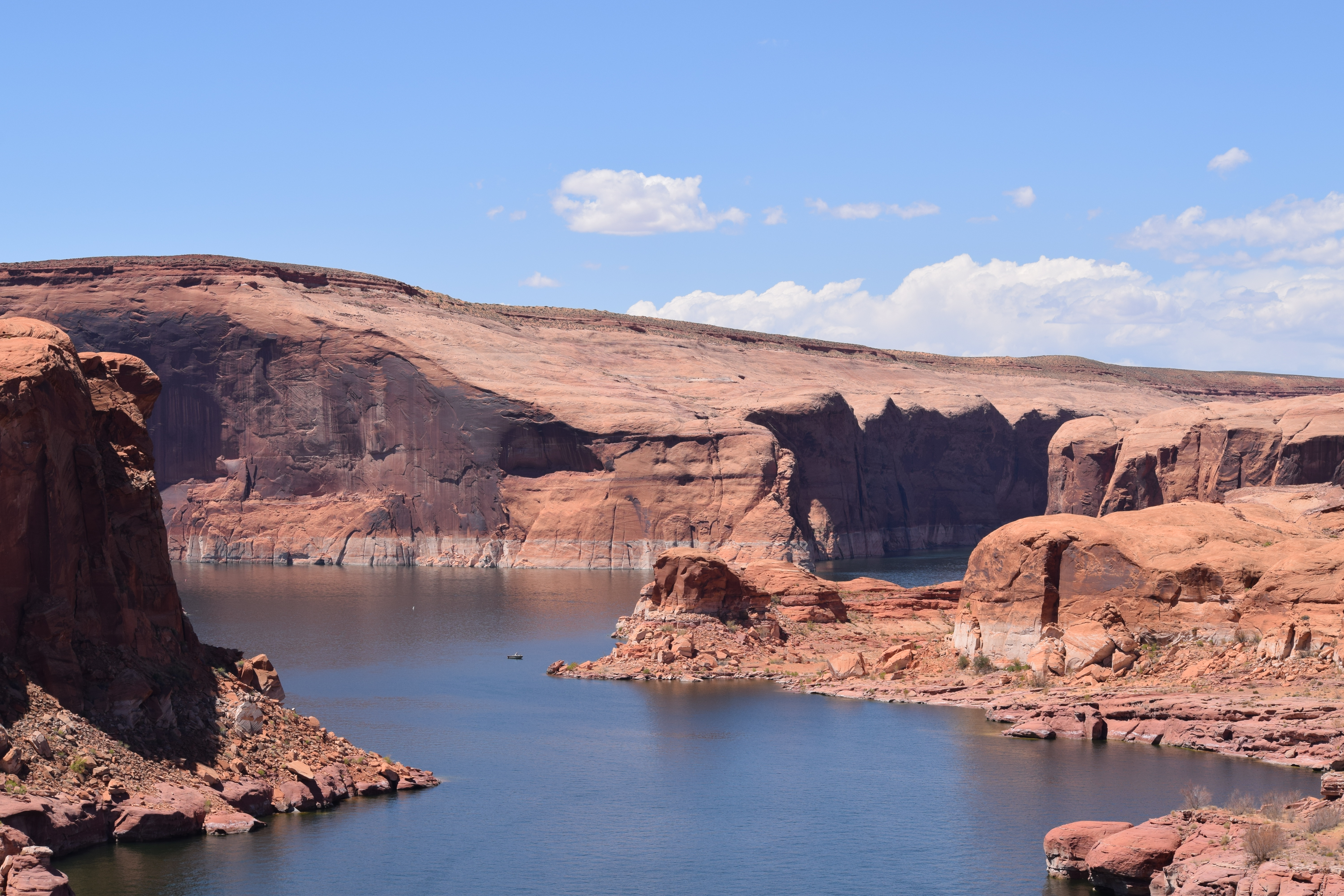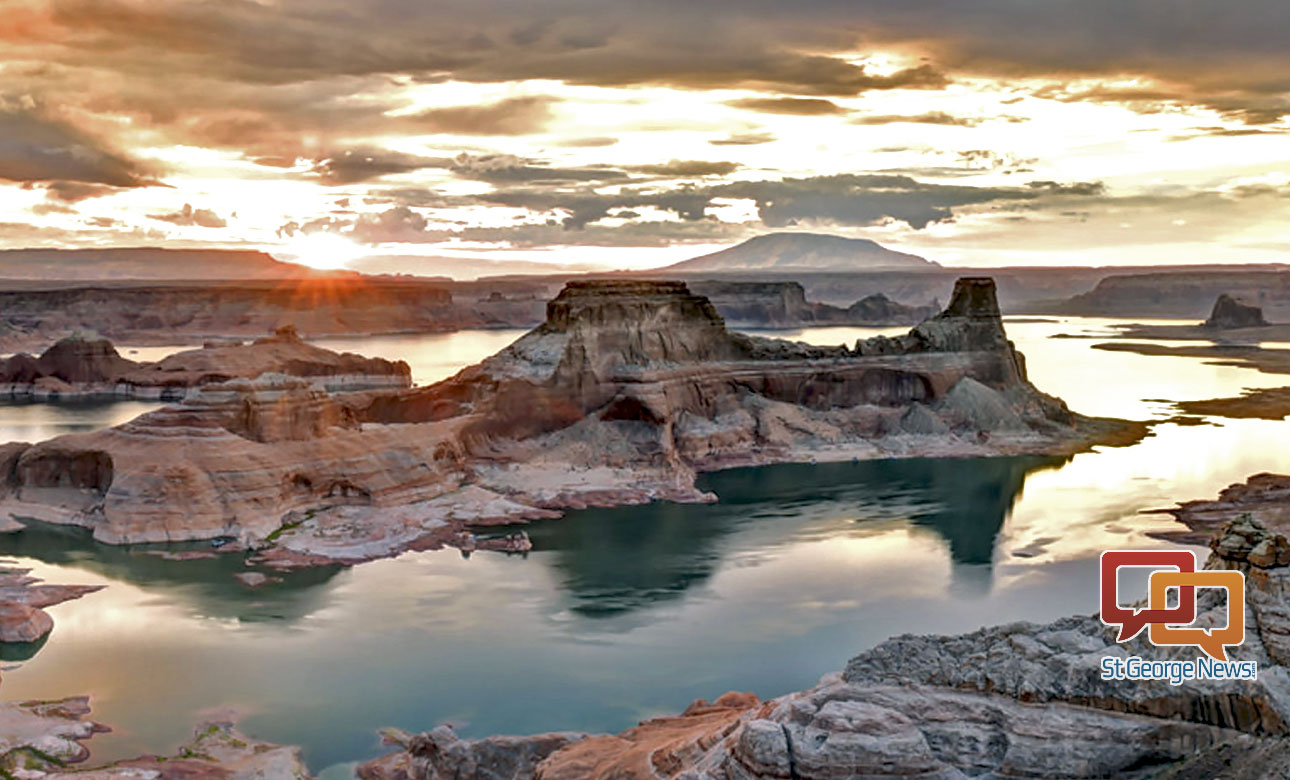ST. GEORGE — State and local water officials are asking the Bureau of Reclamation to delay the release of the final environmental impact statement for the Lake Powell Pipeline so more consideration can be given to comments made by the many parties involved.

“The Lake Powell Pipeline is a critical water infrastructure project for Utah,” Todd Adams, director of the Utah Division of Water Resources, said in a press release issued Thursday. “The extension will allow more time to consider the comments and complete further analysis, which will contribute to a more comprehensive draft and final EIS.”
The final environmental impact statement was anticipated to be released sometime in November, with a record of decision potentially approving the project expected in early 2021. Now that timetable is being extended.
Thursday’s request to the reclamation bureau comes from the Utah Division of Water Resources and Washington County Water Conservancy District. It was sent not long after the six other Colorado River Basin states sent a letter to the U.S. Interior Department asking for approval of the pipeline project to be delayed so their own concerns could be addressed.
The other basin states, which include California, Arizona, Nevada, Wyoming, Colorado and New Mexico, asked the Interior Department to “refrain from issuing a Final Environmental Impact Statement of Record of Decision regarding the Lake Powell Pipeline until such time as the Seven Basin States and the Department of the Interior are able to reach consensus regarding outstanding legal and operational concerns raised by the proposed Lake Powell Pipeline project.”
Brock Belnap, an assistant general manager at the Washington County Water Conservancy District, previously told St. George News that the Colorado River Basin states have a long history of cooperation and collaboration when it comes to the river.

The letter sent by the other basin states called Utah a “critical partner through all of these efforts,” adding that water officials from those states would like to maintain the consensus their states have fostered rather than having to take their concerns to court.
The Lake Powell Pipeline project would divert 86,000 acre-feet (106 billion liters) of water to Washington County. The state is entitled to the water under agreements between the states that date back a century, but the project’s critics worry the pipeline could further deplete Lake Powell, one of the two man-made reservoirs where Colorado River water is stored.
State and local water officials say the additional water the pipeline would bring is considered necessary for the future of Washington County as it continues to grow. It also provides a secondary source of water, as the county’s only current source is found in the Virgin River Basin.

Opponents of the pipeline project claim it will further deplete the already over-allocated Colorado River that’s also shrinking due to climate change. They also say the cost of repaying the state for the project at a potential price tag of $2 billion or more will become a financial burden for the residents of Washington County in the future.
The draft environmental impact statement for the Lake Powell Pipeline was released to the public in mid-June, accompanied by a public comment period that concluded Sept. 8.
Thousands of comments expressing both support and questions were received; according to The Associated Press, the Bureau of Reclamation received over 10,000 comments.
“We’re grateful to all those who have participated in the NEPA process,” Zach Renstrom, general manager for Washington County Water Conservancy District, said in Thursday’s press release. “Thoughtful comments were submitted, and thoughtful responses are deserved. This is the purpose and process of NEPA (the National Environmental Protection Act).”

The press release stated that the Bureau of Reclamation will establish a new timeline for the project in response to the state and county’s request. The extension will allow the bureau time to prepare a supplement to the draft environmental impact statement, which is common during the NEPA process.
“We appreciate the hard work and dedicated efforts of the Reclamation team and expect the updated timeline to be available in the coming weeks,” Renstrom said.
Though a new timeline will be issued for the eventual release of the final environmental impact statement and record of decision, there has been a desire among local water officials to see the project commence sooner rather than later due to future water supply concerns.
When asked by St. George News how long of a delay would be too long, Renstrom provided the following statement:
One of the most stressful responsibilities of a water provider is making sure the water is available before the demand. We look at growth trends and climate patterns and plan decades in advance. The district will proactively look at other solutions to bridge the gap between supply and demand while the Lake Powell Pipeline continues progressing through the environmental review process. We look forward to receiving Reclamation’s updated schedule and will plan accordingly.
Copyright St. George News, SaintGeorgeUtah.com LLC, 2020, all rights reserved.